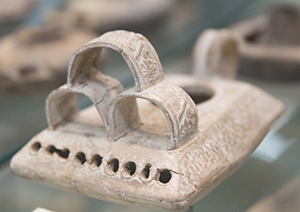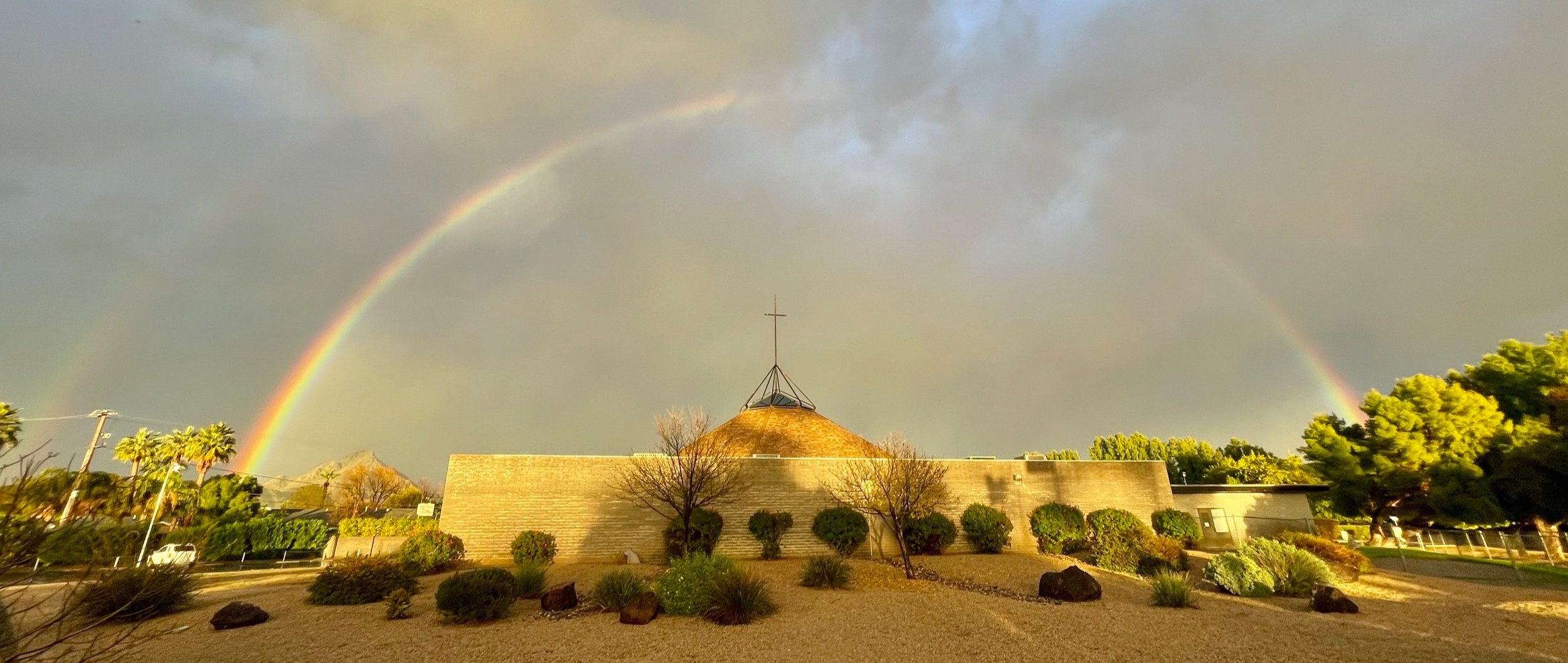The Winged Women of Zech 5
As a follow-up to last week's sermon, here's some biblical and archeological background for understanding what those winged women probably represent.
The Church Needs Fewer Men Who Feel “Called” to the Ministry
“We need fewer men who feel “called to ministry” and more men who aspire to the office of elder. But if we dump the language of calling, how do we know if we should pursue ministry?” Here are five indicators.
I Am Not My Own
A beautiful recollection of a life well lived, Orlena Lynn Boyle (1922-2018) was a missionary to Japan and China. Especially recommended for women and girls interested in foreign missions.
What Calvinists And Arminians Can Agree On
Despite their stated beliefs, most of those who do not profess to be Calvinistic nonetheless agree on this: we should pray for the salvation of others.
ABOUT — The Sunday Reader shares articles we've found particularly insightful, thought-provoking, or edifying this week. While not always representing the views of our Pastors and Elders, these selections offer a mix of viewpoints to broaden and frame your understanding of God, Scripture, ourselves, and the world we serve in Christ's name.









